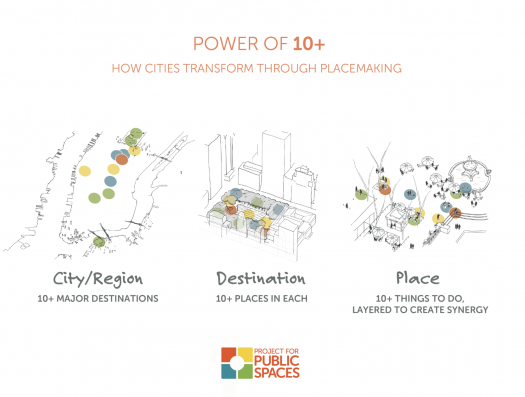A Placemaking Journal
Moonshine, Basketball, and the Power of Place
Every day, social media serves up a seemingly endless stream of content. Raw information, with each item typically reflecting the priorities of its respective poster. If you’ve assembled good curators among your friends and contacts, it adds up to a lot of interesting stuff. But the real interest, at least for me, is when you stumble into curious intersections that seem to exist between disparate content.
This happened recently with this article from the New York Times detailing a skirmish of sorts between “poor mountain entrepreneur” Colin Fultz, a start-up distiller of gourmet moonshine, and the University of Kentucky. Fultz’s signature product is called “Kentucky Mist” and the University considers his promotional merchandise like shirts and hats to be a violation of their trademarked rights to the word “Kentucky.”
In short, they’re claiming some degree of ownership over the name of an entire state. Which, if you’re involved at all with the world of branding (as I’ve been), is totally predictable. Because successful branding is seen to require that you reduce your offering to an identifiable and limited experience that people can understand, embrace, and subsequently come to expect.
Thus, there’s undeniable institutional value in having people think UK Wildcats — and not moonshine — every time they hear the word “Kentucky.”
I get it. The reductive ownership of a brand experience makes total sense when you’re talking about relatively simple things. But the principles that serve soda or cars or corn chips so well start to run afoul when you enter the realm of place.
Complexity, by definition, is not simple
Right around the same time, I was directed to this post from the Project for Public Spaces detailing what they call “the power of 10+,” a delightfully simple way of grasping the complexity of place. In short, it boils down to this:
A city should have ten or more particular destinations (a neighborhood or regional park, for example). Within each of those destinations should be at least ten distinct places (such as a commercial crossroads or plaza or pocket park) and, within each of those places should be at least ten things to do (drink some coffee, eat, shop, sit, ponder, nap, ride your bike, do jumping jacks, whatever).
Here it is represented graphically:
What it demonstrates is that, when talking about place, we’re never talking about some simple, manageable, easy-to-articulate thing. We’re talking about complexity. Not just on one level but on multiple levels, each adding exponential dimension to the others.
Which is why it’s so silly when people try to reduce something that conveys so much (like, for example, a place called Kentucky) to one simple thing. Like, say, basketball.
Flipping the argument
I’m not the attorney for Kentucky Mist so I’ve no need to plead their case for them. Instead, I’d like to suggest something different: Branders are missing the point.
I understand the currency of “Wildcats.” When people hear that word, there’s no value to the University of Kentucky if they think about small cats native to most of Africa, Europe, and portions of Asia. Nor do they want people thinking about feral felines sneaking around their alleys. They want the word “Wildcat” to be synonymous with UK basketball.
Makes sense.
But Kentucky? Having people equate “Kentucky” with things other than just the university doesn’t strike me as a negative. If anything, it brings infinite possibilities to what is otherwise a very limited context.
I’d argue that acknowledging Wildcats basketball exists in tandem (one could even say symbiosis) with bourbon, bluegrass, horse racing, the birth of KFC, progressive farming, or any of the millions of other things — even gourmet moonshine — that help define what Kentucky’s all about, makes not for a diluted brand but for a stronger and more interesting one.
That is, the intricacies of place add collective value to all the individual pursuits — like basketball programs — taking place within them. That should be embraced, leveraged and celebrated. Not fought over in court.
City branding
When municipal branding efforts fail, at times catastrophically, it’s often because those driving the effort try too hard to encapsulate too much. They don’t seek to capture a place through the limited lens of tourism. Or economic development. They seek to define, in a simple logo and tag, the whole of something that simply can’t be reduced to that level.
Part of what makes place so compelling is that you can’t specifically define it. You can only define what it means to you.
And that’s not a weakness. It’s a strength.
–Scott Doyon
If PlaceShakers is our soapbox, our Facebook page is where we step down, grab a drink and enjoy a little conversation. Looking for a heads-up on the latest community-building news and perspective from around the web? Click through and “Like” us and we’ll keep you in the loop.










